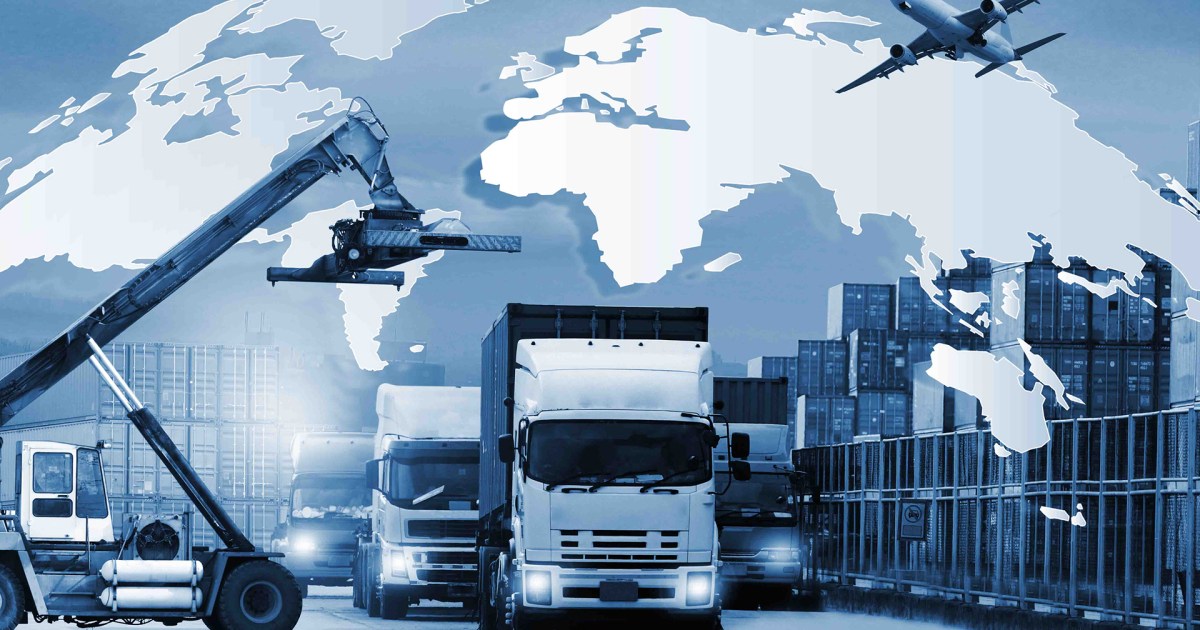Crises such as the Covid-19 pandemic and the Russian war on Ukraine have captured our full attention, but there are 5 major transformations that the world will witness and determine the long-term course of the global economy.
In his article, which was published by the British newspaper "Financial Times", the writer Arvind Subramanian highlighted these transformations that the world awaits.
The end of the era of cheap finance
The end of the era of ultra-cheap finance is among the first transformations that will take place in the world arena, and while inflation casts its shadow on the global economy, governments have begun to implement monetary tightening policies, and for this reason it is unlikely that real interest rates will rise in the long run to the levels recorded during the previous inflation era. , because the growth rate is now much weaker, in addition to the high rates of population aging, which will inevitably reduce investment opportunities, but what is certain is that the era of zero interest rates is over.
The author warned that high interest rates will destroy wealth as asset prices decline from current inflated valuations, and will expose the shortcomings of companies and countries that have accumulated debt, and this will result in defaults and financial crises that will include emerging markets.
The era of globalization has vanished
The second transformation expected is the fading of the era of hyperglobalization of trade;
Over the past decade, anti-globalization forces have gained increasing influence, and in the next decade we will witness such a transformation.
Geopolitical factors lead to the bias of many countries towards protectionism, and the hedging strategies that many countries will adopt will help to achieve more self-sufficiency in food, energy, basic medicines, resources and technologies, and arming the interdependence between countries - which is reflected in the sanctions imposed on Iran and Russia. Gradually dispel the magic of globalization, and capital will come from corrupt regimes.
In fact, the world will not retreat from globalization, because some types of trade, especially services, will continue to expand in some western regions, but the size and speed of integration that the world witnessed about 25 years ago will not return.
The end of economic rapprochement between countries
The third transformation - according to the author - is the end of economic rapprochement between countries.
For three decades, the poorest countries have been trying to keep pace with the living standards of the richer countries, but this dynamic has been driven in large part by cheap finance and hyperglobalization.
With the end of the era of Chinese and Indian labor dominance over global labor nearing, the global economy will suffer from a shortage of labor and this in turn will reinforce inflationary pressures.
eroding global cooperation
The writer explains that the fourth transformation is a further dwindling of global cooperation, as the pandemic revealed the chaos that now characterizes the multilateral system that was established after 1945, and the financial costs of producing and distributing vaccines to the world were very small compared to the potential benefits in saving lives and avoiding economic losses, But the major powers and institutions have proven that they are unable even to undertake this task.
The "Covid-19" pandemic made it clear that the World Trade Organization was a victim of geopolitical competition and the inability of the West to find ways to provide good jobs for workers who lost their jobs when the global industrial system was turned upside down.
The strong competition between the great powers
As for the fifth shift, it is the possibility that we will witness in the new era intense competition between the United States and China in the economic and security fields due to domestic developments in the two largest economies in the world.
Internally, the United States is polarized and has become a less attractive and unreliable partner with other countries, while access to its own markets and generous financing is no longer part of its foreign policy arsenal or its soft power.
Meanwhile, China has become a threat to its neighbors and President Xi Jinping's moves have dashed all hopes of China becoming a truly wealthy or politically open country.
Despite the darkness of these five transformations, there is a bright side. The end of the era of globalization away from China would create opportunities for other countries, and promote the growth of other economies such as Vietnam, Bangladesh, Indonesia, as well as other developing countries, and then strive to achieve self-sufficiency to reduce global food shortages;
That should encourage policymakers in South Asia and sub-Saharan Africa to focus on boosting agricultural productivity and farm incomes, following in the footsteps of South Korea, Taiwan and China decades ago.
The writer believes that all the current conditions provide a favorable environment for the world to realize that the sun and wind are more reliable and less harmful energy sources than Russia and the Middle East, and more reliance on renewable sources will not only save the planet and humanity, but will drain the weapons and resources of the only warlords.

